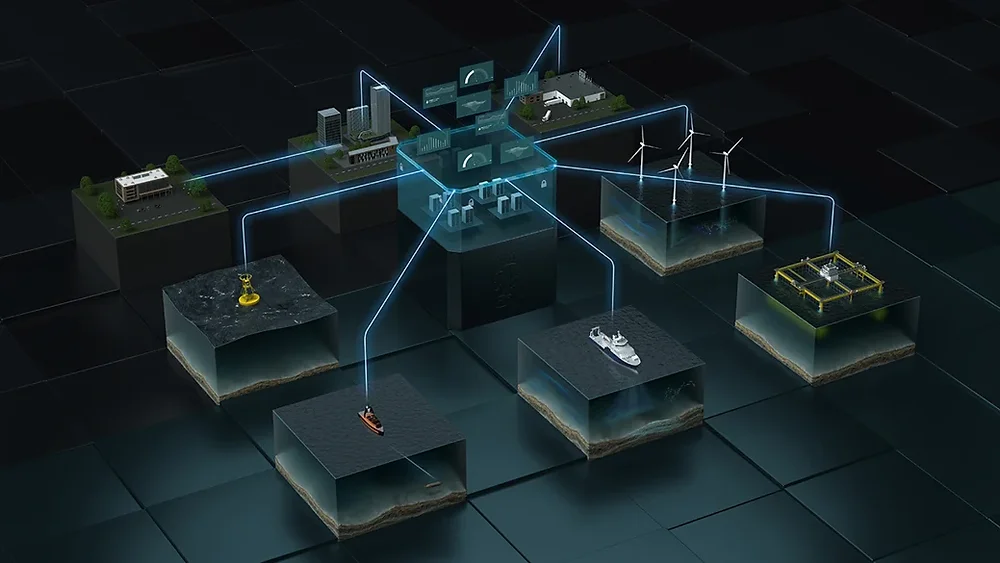
Kongsberg Launches ARCFISH Tutorial on Data Integration
Jul 14
1 min read
0
24
Kongsberg has recently released a comprehensive tutorial showcasing how to integrate data into the ARCFISH Digital Twin of the Ocean (DTO). This step-by-step guide is designed to support users—both technical and non-technical—in uploading and managing oceanographic and fisheries data within the platform, helping to streamline the path from raw data to actionable insight.
The tutorial is part of ARCFISH’s broader effort to develop a next-generation decision-support tool for sustainable fisheries management in Arctic regions. At the heart of this effort is Blue Insight, Kongsberg’s cloud-based platform that powers the data backbone of ARCFISH. Designed with flexibility in mind, Blue Insight allows users to collect, visualize, and contextualize diverse marine data—from fixed buoys and autonomous vehicles to stock assessments and forecasting models.
In the context of ARCFISH, data integration plays a crucial role in delivering targeted products to fisheries stakeholders. These include ecosystem condition indicators and scenario-based simulations to support planning and sustainable resource use. The data ingestion process, as outlined in the project’s second work package, is designed to accommodate a wide range of formats and sources, ensuring compatibility across scientific, institutional, and operational data flows.
Blue Insight offers a modular environment with secure data storage, customizable dashboards, and tools for AI-powered analytics and remote access. This infrastructure allows the ARCFISH DTO to evolve as a dynamic, interactive space where users can not only access data but also co-develop applications and decision tools tailored to their needs.
This tutorial represents a significant step forward in building user capacity and ensuring that the ARCFISH platform remains inclusive and accessible. It reinforces the project’s mission of supporting sustainable Arctic fisheries through collaboration, innovation, and open science.






